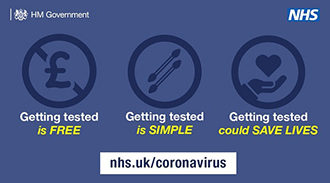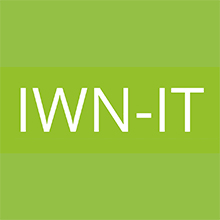by MATT REYNOLDS Founder, It’s What’s Next IT
RUNNING a business, along with having a life, can be thought of as a matter of just how many plates can you keep spinning at any one time. It’s not possible to run a business (and have a life) without having about a million-and-one things on your to-do list.
For entrepreneurs, to-do lists don’t work, and as a result to-do list apps don’t work. This is why you come across systems for managing ‘productivity’ (as opposed to managing ‘tasks’), such as Getting Things Done, Bullet Journaling, etc, and why you end up with techniques that enable close focus on productive tasks, such as the Pomodoro Technique and “Don’t Break the Chain”.
These tools and techniques can underpin how you approach your work, and by imposing some process and management, things should work better.

However, this is an IT column for a business website –so is there something that we can do around system, processes, and data that can have a huge effect on our ‘personal’ productivity, whilst at the same time looking at ‘organisational’ efficiency?
As I’ve written about before, large businesses tend to look at IT as transformational – management will try to find ways in which IT can support the organisation in improving common organisational health factors, such as improved efficiency, improved profits, more control over risk, etc.
Smaller businesses don’t tend to consider these “digital transformation” topics but there’s no reason why they shouldn’t. You can take some baby steps into digital transformation, whilst improving your personal productivity by looking at how we plan and organise our own work.
We can use “productivity” as a synonym for “efficiency” too – anything we learn about how manage our own personal efficiency we can turn inside out and learn ways about managing organisational efficiency.
The reason why the workload for an entrepreneur cannot be managed through basic to-do lists is a matter of complexity – someone running a business is effectively managing a huge number of small projects, each of which have dependencies and interdependencies, and which are linked into long-running chains of tasks.
For example, if you’re thinking about advertising in a magazine, you have to find the candidate magazines, get the rates, agree what the topic should be, find a copywriter, get the copy written and approved, get the layout done and approved, get it over to the magazine, etc.
That cannot be practically boiled down a to-do list item like “Sort out magazine advertising” without stripping out all of the usual information. This results in lots of stop-start/picking-up-putting-down behaviour, which hurts efficiency.
The way that I recommend solving this problem is to use project management tools designed for teams, but initially used for you and what you need to get done. The two market leaders in this space are Monday.com and Asana, although my personal preference in this space called ClickUp.
One of the best rules about the veteran Getting Things Done productivity system is the idea that anything that pops into your head needs to be “dumped” into the system. So, first things first is get your project management tool running, and have a rule that anything that does pop into your head gets entered into it.
The second rule is that anything dumped into it then has to be allocated to a project. Each evening (or morning) you go through the entire project list and all the tasks and decide what’s a priority for the next set of work. This “reflective” piece is an aspect of Bullet Journaling – which is fantastic for managing simple lists of tasks, but lousy for big picture, complex, “running a business type” activity.
What you’re doing here is a computer science technique called “digital modelling”. You are creating, within your project management tool, a digital model of what all the things you need to get done are, and how they are going to get done.
That bit though isn’t digital transformation – where we get into that territory is that we build a culture within the business that all work is managed in this way.
What you’re doing there is changing the individual computer model to an organisational computer model. This lets everyone in the organisation see what has being done, is being done, and what will be done for all aspects of the business at a moments notice.
It’s this part that helps the organisation health factors we touched on before – once you are able to model and derive an understanding of how something is working (or not working), you’re able to lean in and work out how to make it better.




